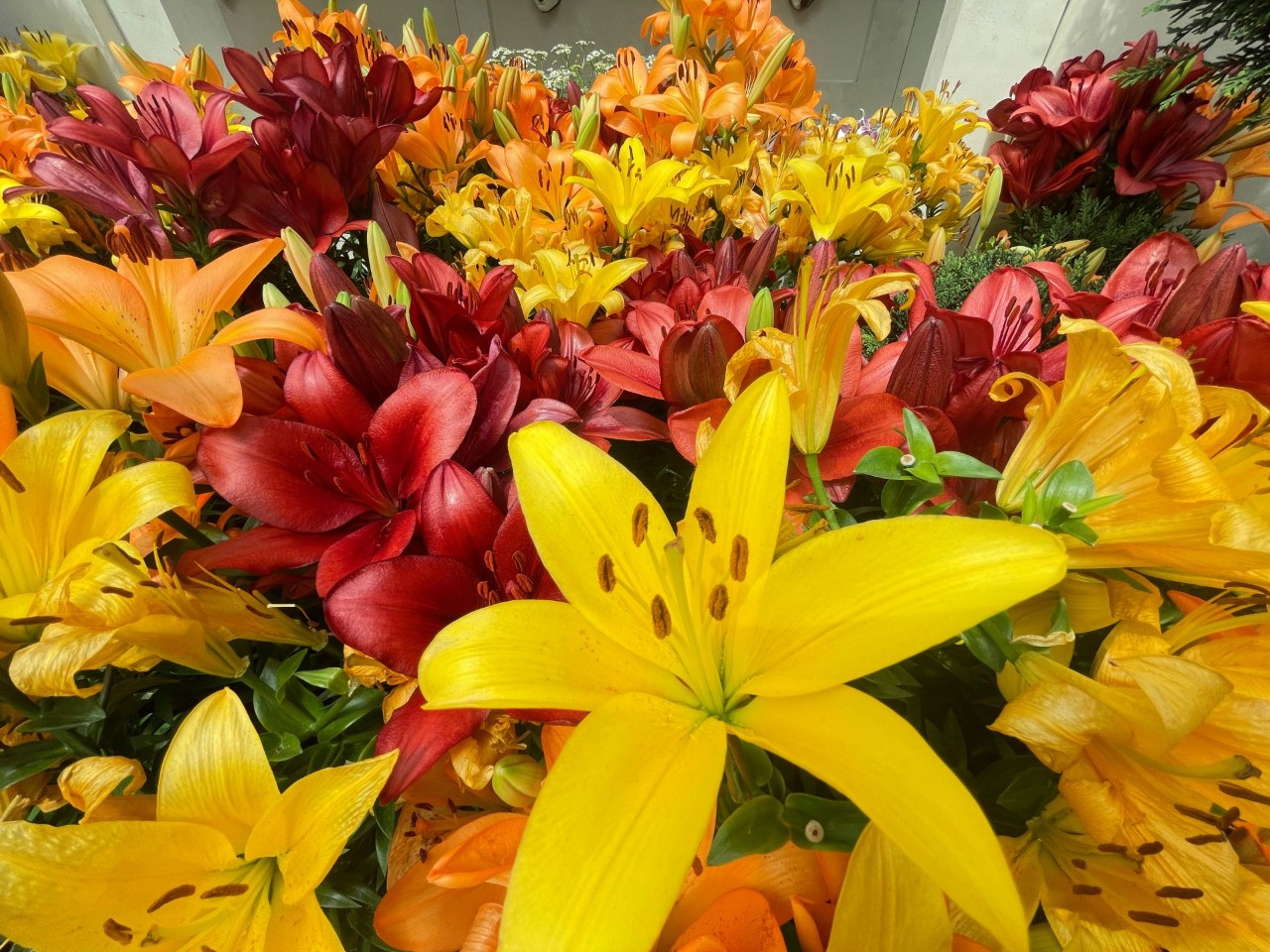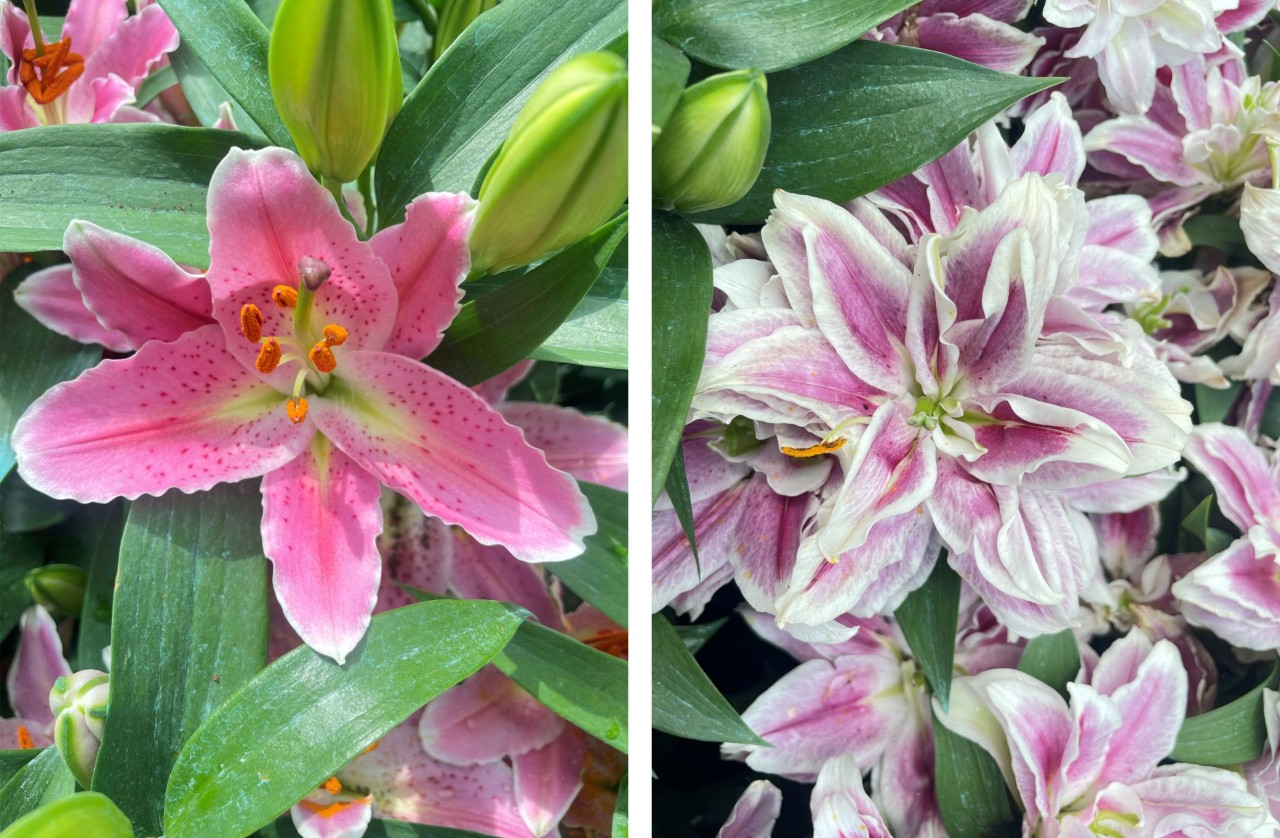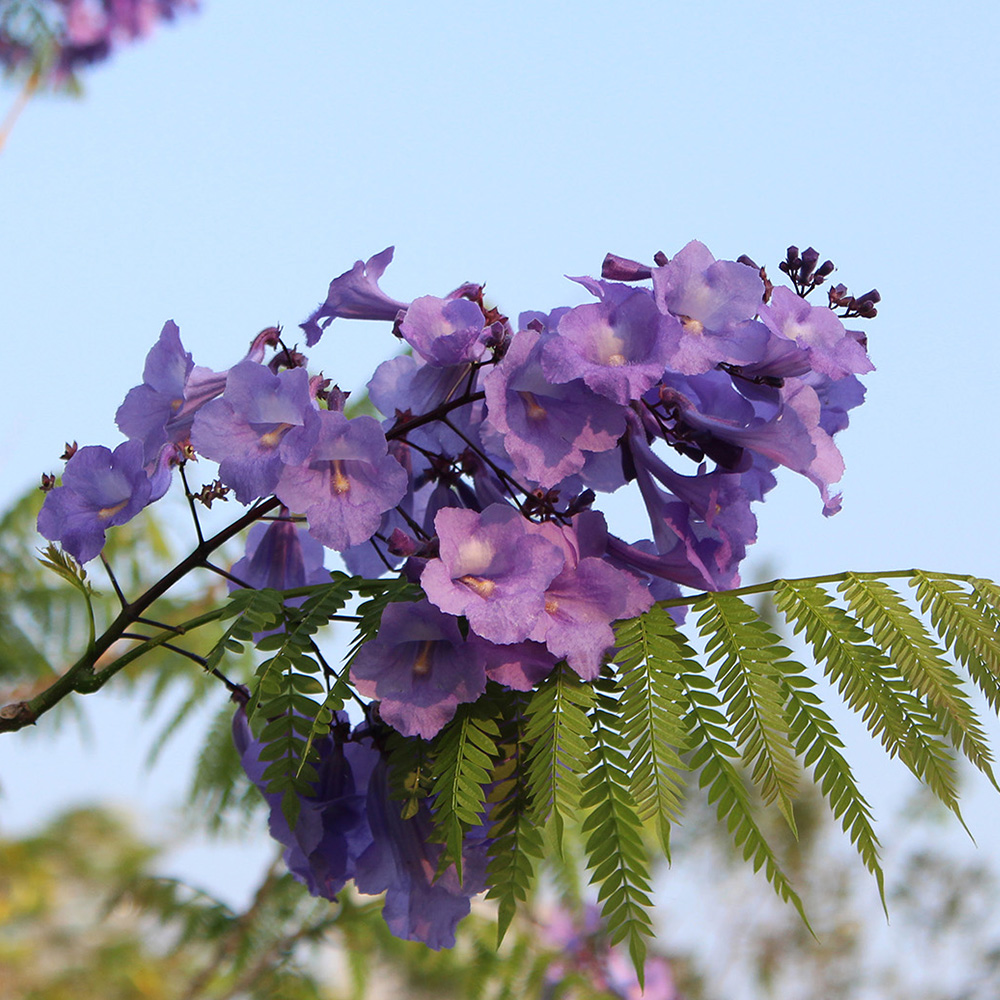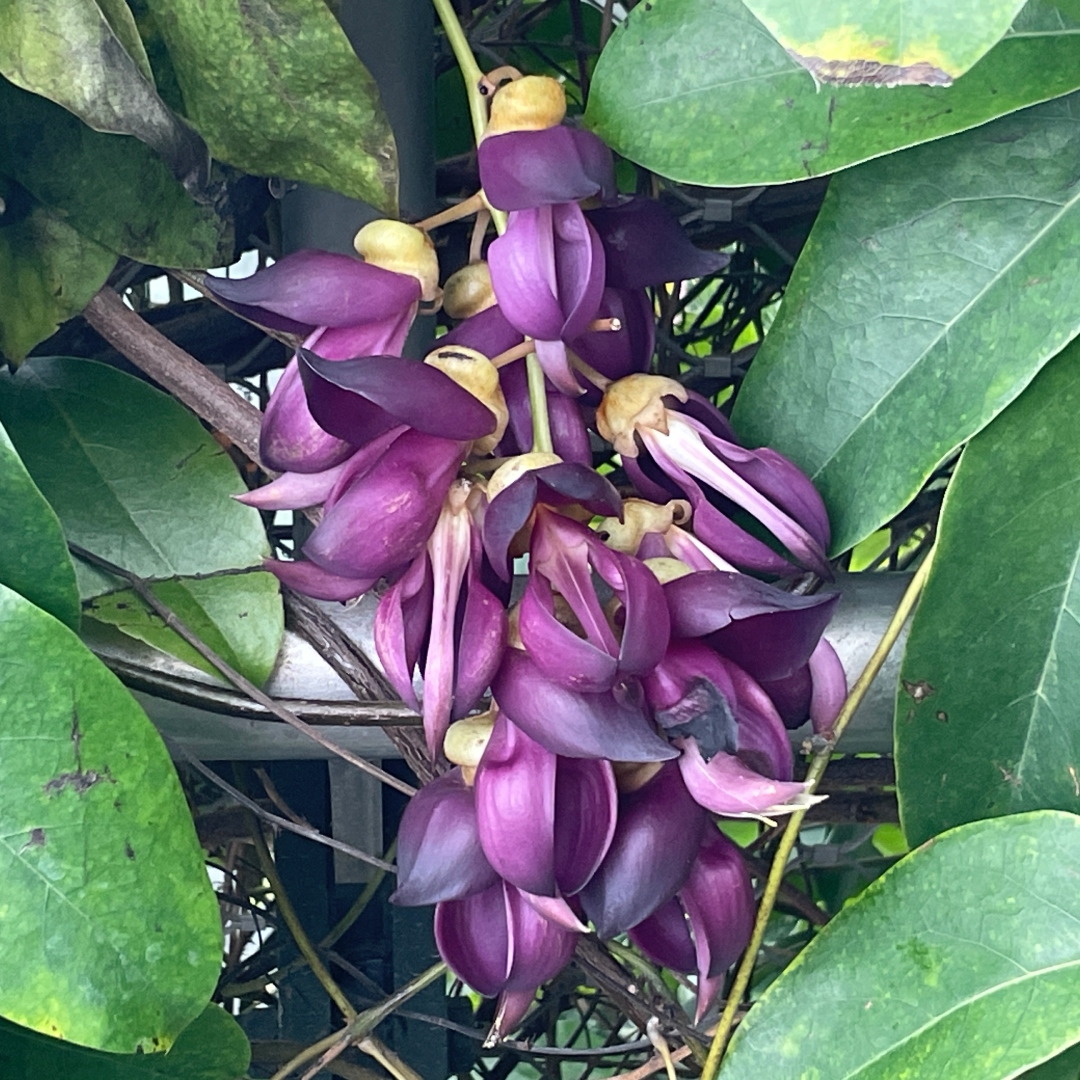Lily (Lilium species and hybrids)

There are a vast number of plants with ‘lily’ in their common name – peace lilies, water lilies, and spider lilies, to name a few! – but the “true lilies” - those of the Lilium genus - comprise about 121 species and over 10,000 cultivated varieties. Lilium species are spread across a vast native range from Europe to temperate Asia and tropical Asia as far south as Thailand, Vietnam, and parts of the Philippines. North America also houses many native true lily species, from Canada through the United States and parts of Mexico. The larger lily family (Liliaceae), comprise about 16 genera and 600 species. All Lilium species are perennial herbaceous plants that grow from scaly bulbs that look a bit like garlic or onion bulbs, with which they are distant relatives.
 More than just the stark white, slender-throated trumpets of Easter lilies (usually white or pale-flowered cultivars of Lilium longiflorum), lilies (Lilium species and hybrids) come in a rainbow of colours and a fantastical array of forms!
More than just the stark white, slender-throated trumpets of Easter lilies (usually white or pale-flowered cultivars of Lilium longiflorum), lilies (Lilium species and hybrids) come in a rainbow of colours and a fantastical array of forms!
While each lily flower may look like it has six petals, it actually only has three! The other three are the outer floral organs called sepals. These protect the innermost floral organs while they are developing. But, in lilies and other flowers like tulips and orchids, the sepals have similar colours and patterns as petals – together, these similar looking sepals and petals are called tepals. All lily species also have six stamens and a tri-lobed stigma, but some special double-flowered or rose-flowered lilies have their stamens and carpel converted into additional tepals.
 In addition to six tepals, all lily species and single-flowered cultivars, such as 'Entertainer' (left), also have six stamens and a tri-lobed stigma, but some special double-flowered or rose-flowered lily cultivars, such as 'Alanno' (right) have been specially bred and selected to have their stamens and carpel converted into additional whorls of tepals.
In addition to six tepals, all lily species and single-flowered cultivars, such as 'Entertainer' (left), also have six stamens and a tri-lobed stigma, but some special double-flowered or rose-flowered lily cultivars, such as 'Alanno' (right) have been specially bred and selected to have their stamens and carpel converted into additional whorls of tepals.
Depending on the species and their geographic location, wild lily species have evolved to be pollinated by a wide range of animals. Some North American species are pollinated by hummingbirds and have faint or no scent, but bright red, orange, or yellow colours, since birds have a poor sense of smell, but are attracted to shades of red and other warm colours. Other species are pollinated by bees, butterflies, or moths, and may be highly scented. All produce copious amounts of sweet nectar at the base, or sometimes even on the upper surface of their tepals, to attract and reward their pollinators.
We have over 50 Lilium cultivars in our new Flower Dome changing floral display, Lilytopia, running from 22 May to 15 June, 2025. Not all cultivars will be on display at once due to different bloom times, so come back a second and third time to try and see them all!
Written by: Janelle Jung, Senior Researcher (Research and Horticulture)
A transplanted pake (Hawai'i-born Chinese), she's finding her own Singaporean roots. Every plant has a story, and Janelle helps discover and share these with colleagues and guests, hoping to spark a mutual plant passion! Ask her what plant she named her cat after!



